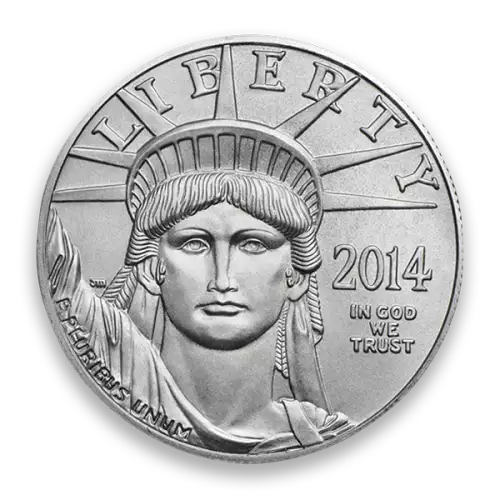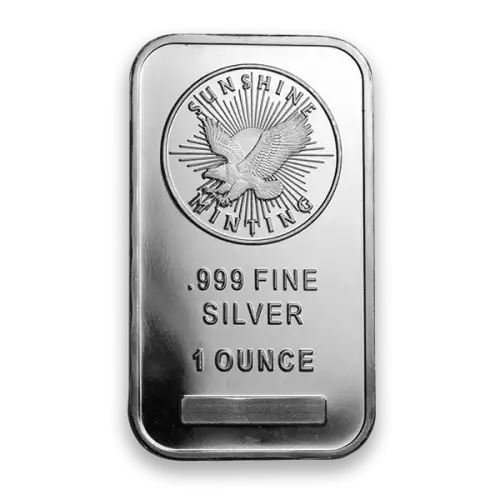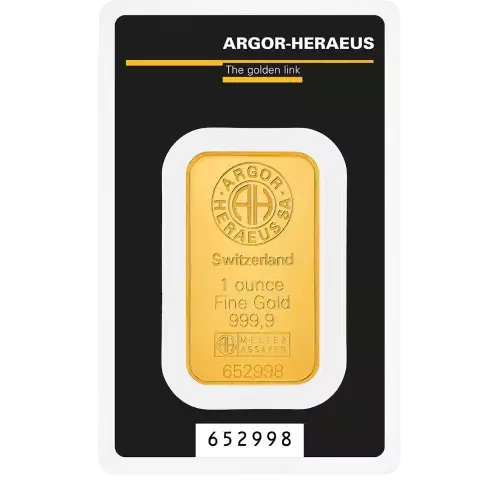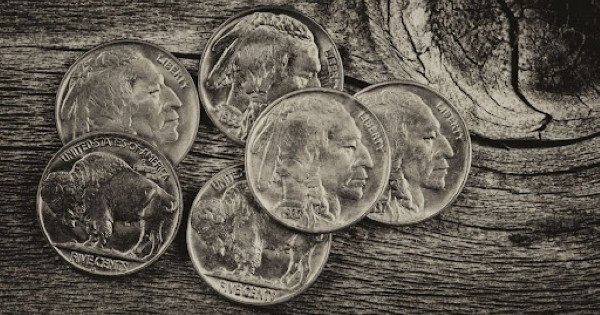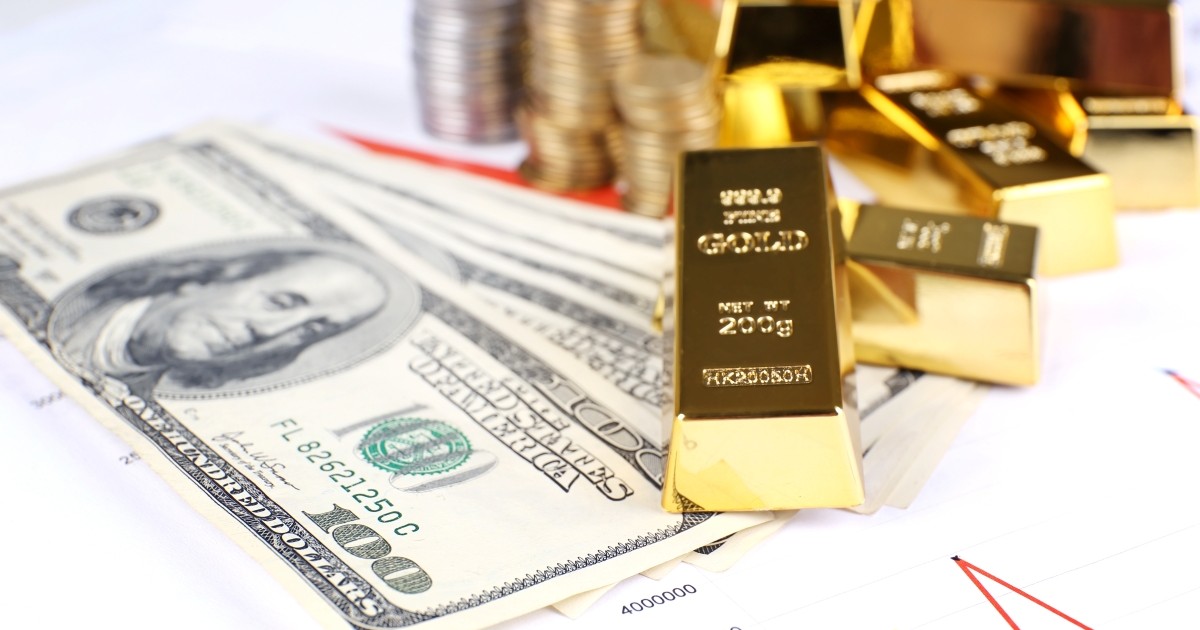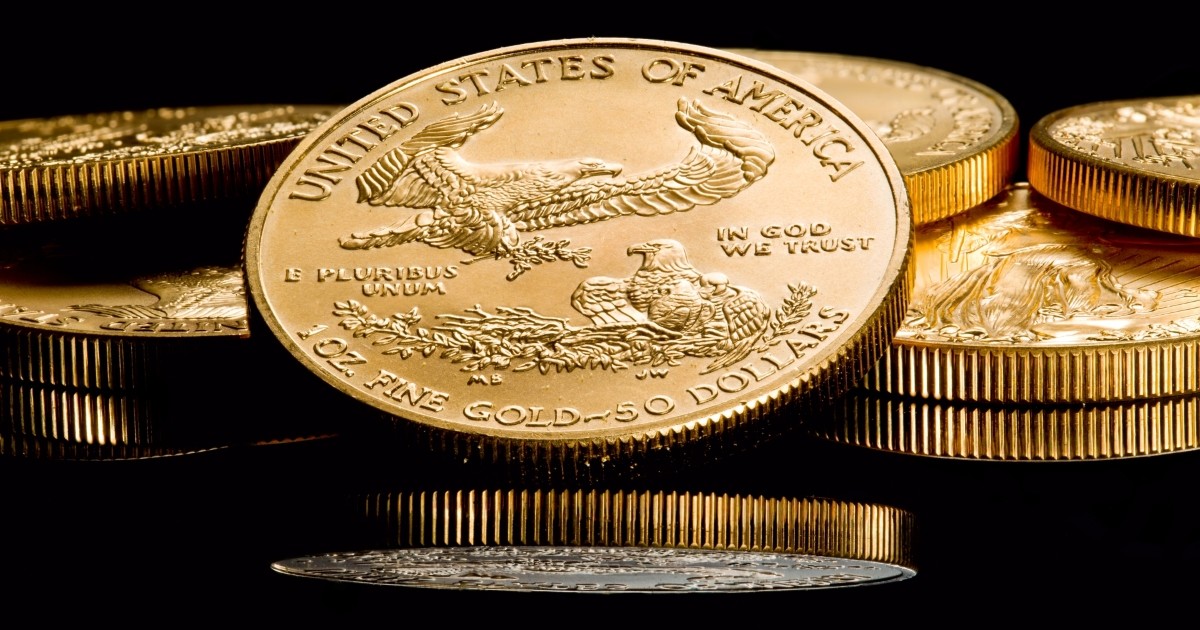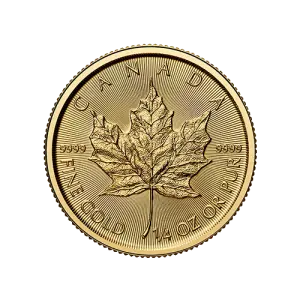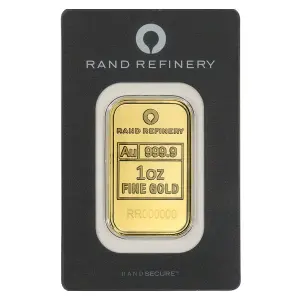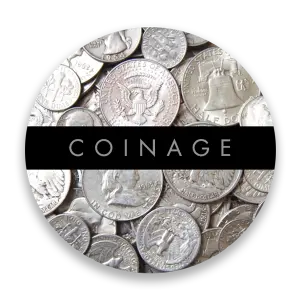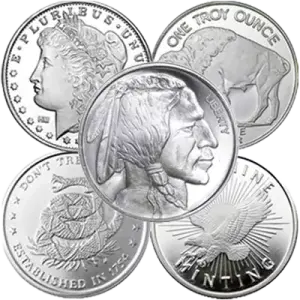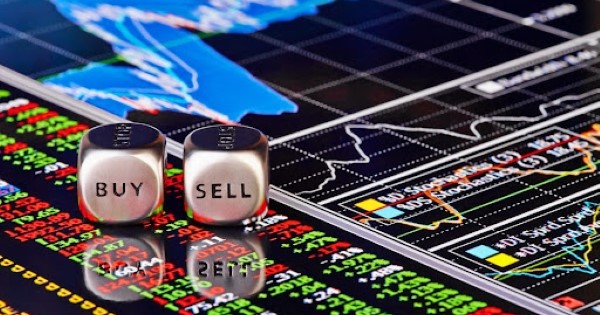
When investing in precious metals, there’s much more to it beyond pretty charts or price surges. The precious metals market is more than price charts; it reflects inflation fears, currency movements, and global tensions. It’s more strategizing than just a sparkle game.
Whether you are just learning or tuning your portfolio, your knowledge of a few select indicators can provide tremendous value. Knowledge of these indicators isn’t just mere speculation but rather a means of detailed insights. The clarity of important signals in the marketplace can make the difference between a good decision and a costly mistake. And timing is everything.
In this article, we explore three key indicators that experienced investors use to assess precious metals markets: real interest rates, dollar strength, and central bank activity. These are the same indicators the professionals use to anticipate gold market trends or changes in the silver, platinum, and other markets. Forget your gut; these tools provide insight when your circumstances are unclear.
#1 Real Interest Rates: The Gold Market’s Nemesis or Best Friend
Real interest rates (nominal rates minus inflation) are a silent but powerful element in investing in precious metals. They give investors a way to measure the real return on cash or bonds compared to gold, which may produce no yield but has intrinsic value.
As real interest rates increase, metals such as gold tend to lose their luster. More importantly, when they become negative, gold tends to surge as a more stable store of value. It can be as simple as this: if your savings don’t keep up with inflation, hard assets tend to look much more attractive.
This was evident during the Fed's rate pause in 2023. Inflation remained, real rates decreased, and gold prices increased. That's why seasoned investors follow this metric closely, especially as murmurs of inflation deepen into conversations.
#2 U.S. Dollar Strength: A Mirror Image to Precious Metals
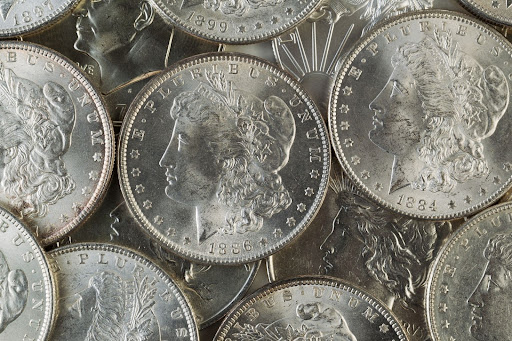
There is always an obvious dynamic between the U.S. dollar and precious metals - when the dollar is up, precious metals typically decline. Why, you may ask? As the dollar rises, gold and silver become more expensive to everyone else in the world; therefore, global demand declines rapidly.
Gold has always been priced in USD. Naturally, as the value of the USD devalues, gold becomes more affordable globally. The demand for gold usually surges during times of economic uncertainty and amid drastic shifts in the market.
Recall 2020–2022. With emergency measures taken by the Fed, the U.S. dollar briefly surged and then fell, as interest rates stayed low, and gold prices moved accordingly. For some investors, the dollar’s weakness can be an opportunity to buy, as a hedge against the primary risk: instability.
#3 Central Bank Buying Trends: The Quiet Force Behind Bullion Demand
You're not going to see central banks rushing to buy gold on Reddit, but they are one of the largest players in the metals market. Their consistent buying of bullion keeps gold's long-term store of value alive.
Countries like China, India, and Russia have been piling up gold reserves over the last decade. These aren’t just random moves, but instead a strategic move to reduce dependencies on the USD and secure a hedge against global uncertainties.
For retail investors like us, the central bank buying gold provides a solid signal. It indicates that gold still holds weight (literally and financially) in the portfolios of investors who are building resilience. While casual watchers of daily market prices often miss this signal, savvy pros attack it as a bullish long-term signal.
How to Use These Indicators for Smarter Investing Decisions

You don’t necessarily have to keep an eye out for charts or day-trade in gold to benefit from these indicators. Just keep an eye out for real interest rates, value of USD, and central bank trends, and you can ensure yourself a successful emergency fund or financial stability. These indicators help you in making sound decisions that are beneficial to you.
These indicators are quite consistent with many of the factors why many of us get into investing in precious metals to begin with: hedging future risks, diversifying away from equity market drama, or buying the dip when macro signals say to "buy." This is not about timing the market; rather, it is about the decision to get back into the market.
And, if you’re looking for a partner based upon these same principles, Pacific Precious Metals in California is more than just a way to securely access bullion. We provide resources and personal service that can assist with the majority of your buying decisions to reflect tried and true market signals, no fluff required.
Informed Gold Buyers Make Steadier Moves
In a noisy market, market signals are often the best bets for investors. Looking at real interest rates, U.S. dollar strength, and central bank buying patterns helps investors get a better picture of where things are headed. These signals are practically the foundation of smarter investing in precious metals.
So if you want to time your next purchase of precious metals, don't just rely on luck or mere headlines, use the handy data and us! Whether it's as a hedge for inflation or simply rebalancing for some stability, now’s the time to take actions that align with your long-term strategy.
Explore our gold products or reach out to a metals specialist at Pacific Precious Metals for informed opinions backed by market evidence. The more informed you are about your investment choices, the more stable and steady your portfolio will grow.
